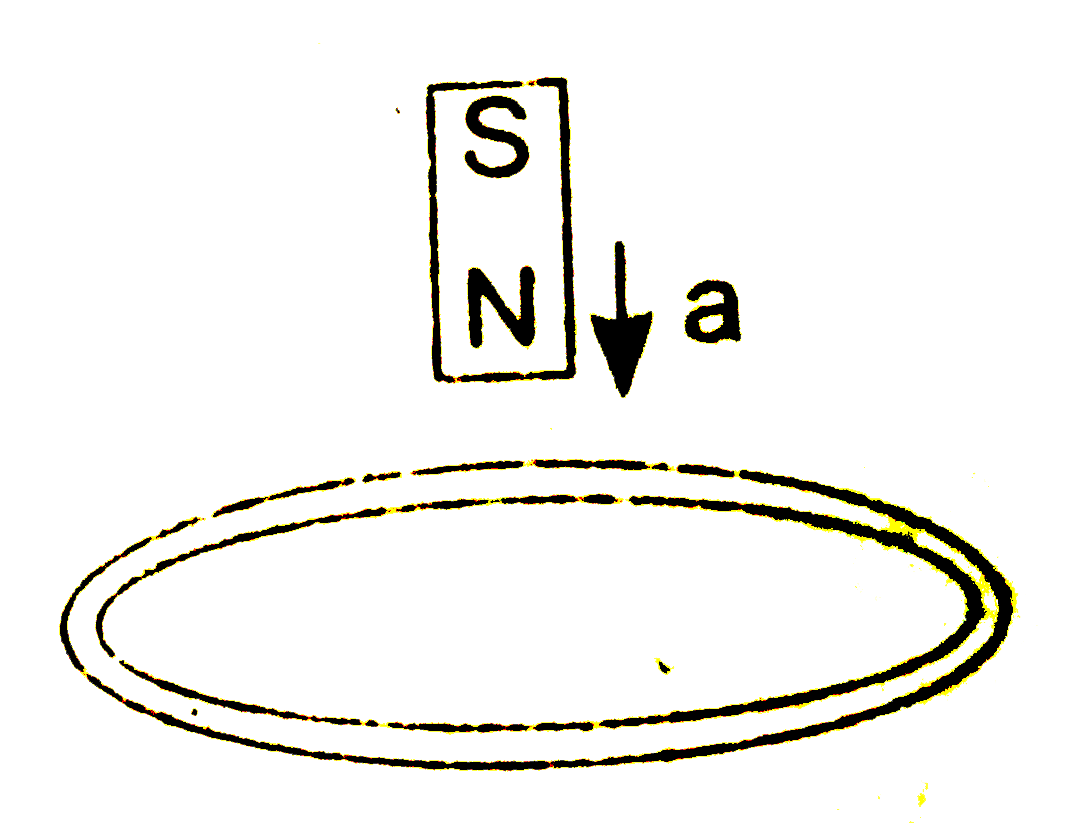Chanhudaro was a tiny settlement (less than 7 hectares) as compared to Mohenjodaro (125 hectares), almost exclusively devoted to craft production, including bead-making, shellcutting, metal-working, seal-making and weight-making. The variety of materials used to make beads is remarkable: stones like carnelian (of a beautiful red colour), jasper, crystal, quartz and steatite, metals like copper, bronze and gold, and shell, faience and terracotta or burnt clay. Some beads were made of two or more stones, cemented together, some of stone with gold caps. The shapes were numerous - disc shaped, cylindrical, spherical, barrel-shaped, segmented. Some were decorated by incising or painting, and some had designs etched onto them.
Techniques for making beads differed according to the material. Steatite, a very soft stone, was easily worked. Some beads were moulded out of a paste made with steatite powder. This permitted making a variety of shapes, unlike the geometrical forms made out of harder stones. How the steatite micro bead was made remains a puzzle for archaeologists studying ancient technology. Archaeologists. experiments have revealed that the red colour of carnelian was obtained by firing the yellowish raw material and beads at various stages of production. Nodules were chipped into rough shapes, and then finely flaked into the final form. Grinding, polishing and finally drilling completed the process. Specialised drills have been found at Chanhudaro, Lothal and more recently at Dholavira. Nageshwar and Balakot, both settlements are near the coast. These were specialised centres for making shell objects - including bangles, ladles and inlay - which were taken to other settlements. Similarly, it is likely that finished products (such as beads) from Chanhudaro and Lothal were taken to the large urban centres such as Mohenjodaro and Harappa. 31. Which of these stones is very soft and easy to mould?
Shell objects were mostly made at Nageshwar and Balakot because
the women loved to wear bangles made of shells.
shells were readily available in these coastal areas.
specialised drills were found here.
shells were transported here from Lothal.
The correct Answer is:B
अंतिम से तीसरा वाक्य
Similar Questions
पोटेशियम डाइक्रोमेट बनाने की एक विधि का रासायनिक समीकरण लिखिए तथा इसकी अम्लीय SO2 एवं HCI के साथ अभिक्रिया लिखिए ।
06:03View Solutionक्लोरीन के निर्माण की डिकन विधि की रासायनिक समीकरण लिखिए ।
01:16View Solutionखुले परिपथ में एक सेल की प्लेटों के बिच विभवान्तर 1.9 वोल्ट है । इस खेल को 3 ओम के प्रतिरोध से जोड़ने पर इसकी प्लेटों के बीच विभवान्तर 1.5 वोल्ट हो जाता है । वैधुत परिपथ बनाकर सेल का आन्तरिक प्रतिरोध एवं 3 ओम के प्रतिरोध में प्रवाहित होने वाली धारा का मान ज्ञात कीजिए ।
03:29View Solutionचित्रानुसार एक दण्ड चुम्बक मुक्त रूप से एक कुण्डली के बीच से होकर गिरता है। कारण सहित बताइए कि चुम्बक का त्वरण (a ) गुरुत्वीय त्वरण (g ) से कम अथवा समान अथवा अधिक होगा।
 01:49View Solution
01:49View Solutionनिम्नलिखित पदार्थों में से प्रतिचुम्बकीय तथा अनुचुम्बकीय पदार्थों को चुनिए-ताँबा, सोडियम, प्लैटिनम तथा चाँदी |
05:15View Solutionयदि एक भिन्न के अंश में इसका हर जोड़ दिया जाए और हर में से अंश घटा दिया जाए तो भिन्न 113 बन जाती है । भिन्न ज्ञात कौजिए यदि इसका अंश, हर से 3 कम है।
02:12View Solution25% और 40% सान्द्रण वाले अम्लों को मिलाकर 30% सान्द्रण का 60 लोटर अम्ल बनाया जाता है। प्रत्येक प्रकार के अम्ल को आवश्यकता होगी?
05:46View Solutionप्रयोग के आधार पर एक धातु ऑक्साइड का सूत्र M0.98O पाया गया । यदि धातु M इस ऑक्साइड में M2+ और M3+ के रूप में विघमान हो तो धातु का जो प्रभाज M3+ के रूप में होगा, वह है :
03:55View Solution

